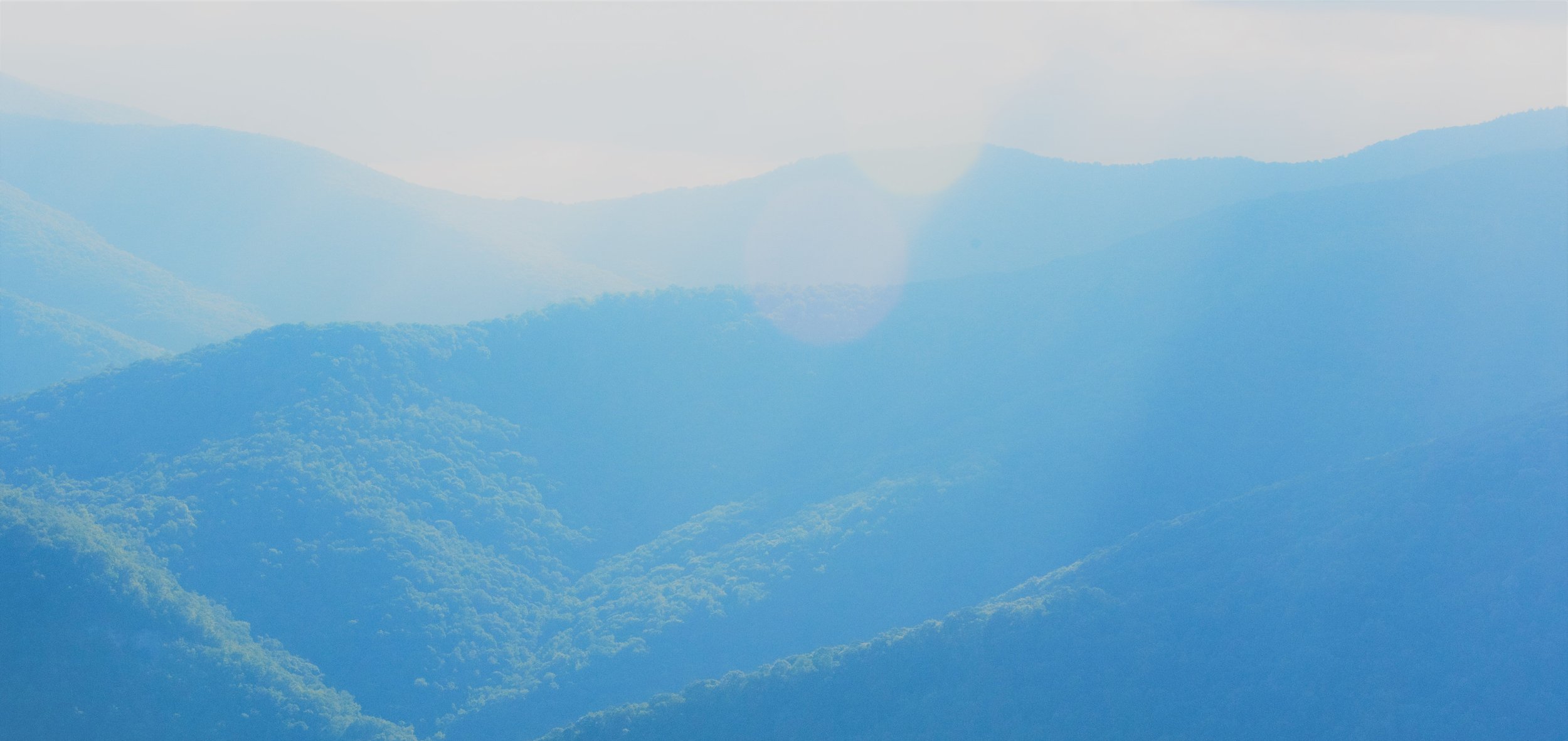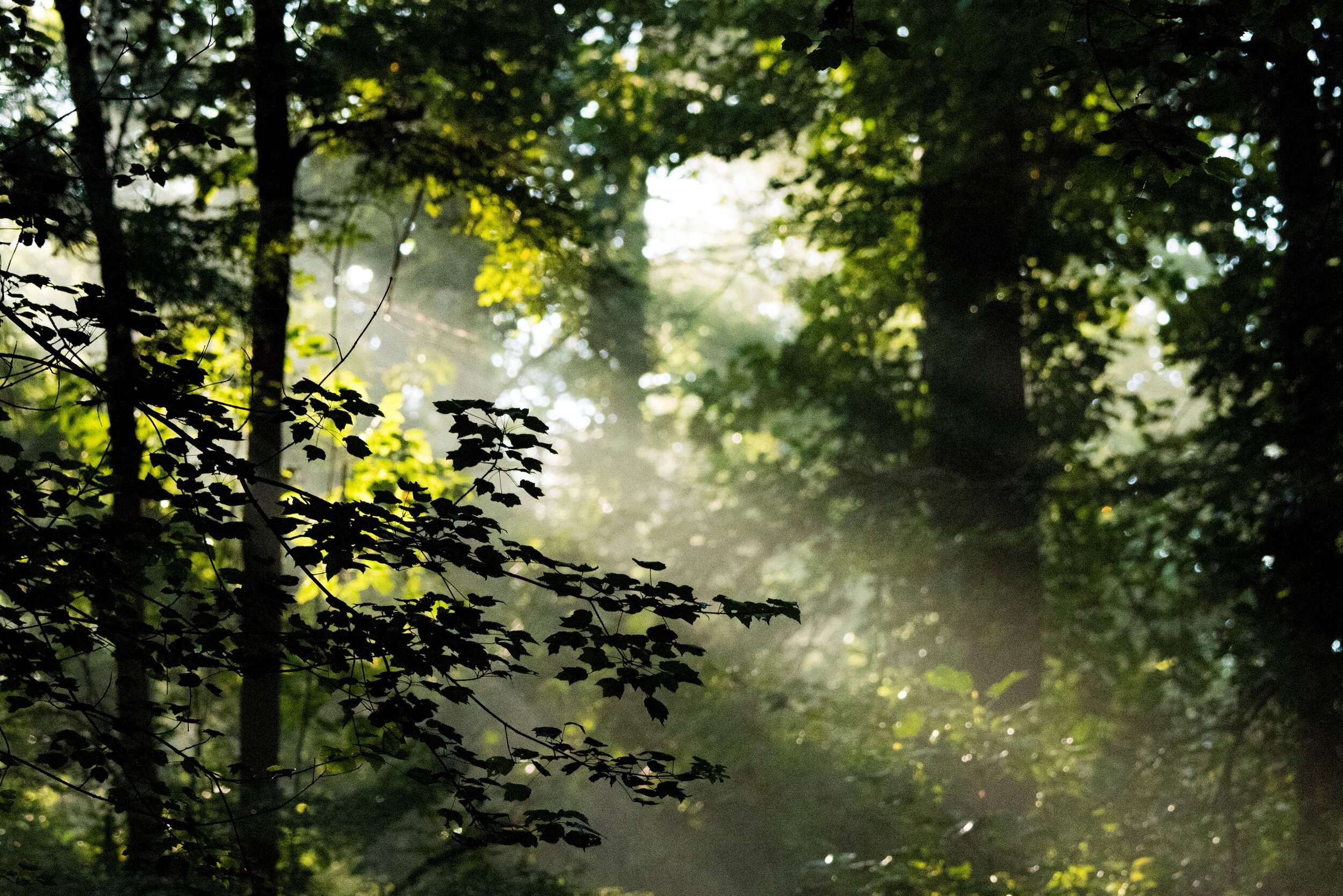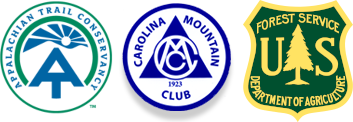
Conservation at Max Patch

Image: Robert Campbell
Without frequent management, Max Patch would eventually be reclaimed by forest and the views would disappear. The U.S. Forest Service works to manage Max Patch and keep the ecosystem in an early stage of succession, thereby preserving the state of the mountain for visitors as well as local plants and wildlife.
Image: Robert Campbell
In addition to Forest Service management, Max Patch is conserved by the hard work of volunteer groups and organizations such as the Carolina Mountain Club and Appalachian Trail Conservancy, who work to maintain trails, install and replace signs, build fencing, remove trash and promote the health of native species.
Image: Robert Campbell
Trail Ambassadors - volunteers trained by the Carolina Mountain Club and Appalachian Trail Conservancy - help educate visitors on proper stewardship. Trail Ambassadors play a critical role by informing Max Patch visitors about closures, monitoring conditions and removing trash from the area.
Image: Carolina Mountain Club
Conserving Max Patch is not only important for keeping the area’s beloved views, but is also critical for many wildlife species. Appalachian balds provide essential habitat for native species such as the golden-winged warbler and are also a crucial stopover point for many migratory songbirds and raptors. Staying on trail is one of the most important things you can do for these species.
You can also help support the golden-winged warbler and other Max Patch species by purchasing a warbler patch below:

This side-by-side comparison illustrates the importance of consistent management and proper stewardship at Max Patch. The two photos (taken slightly over one year apart) reflect the work of volunteers and employees from the Carolina Mountain Club, Appalachian Trail Conservancy and U.S. Forest Service along with a closure order (designed to help Max Patch’s struggling ecosystem recover and prevent human health risks) and more responsible visitor use. Social trails continue to be a problem and there remains significant room for improvement, but the area is beginning to recover. The easiest way to keep our public lands clean, safe and scenic is for visitors to practice responsible stewardship and leave no trace. Treating the land with care and respect not only helps native plants and wildlife thrive, but also ensures that the visitor experience is safer and more enjoyable for everyone. You can help Carolina Mountain Club protect Max Patch by donating here.







